The Power of Generative AI, often called creative AI, transforms how creative sectors operate. This technology may create new and unique content, such as art, music, fashion designs, and even film scripts. It alters the creative process by giving artists, musicians, designers, and filmmakers new tools and approaches to boost creativity.
Visual art is one of the industries most heavily influenced by generative AI. Artists can now employ algorithms and machine intelligence to create gorgeous and original works of art. This technology enables artists to experiment with previously unheard-of styles and techniques. Furthermore, generative AI can assist artists in their creative process by supplying them with new ideas and inspiration.
The music composing industry has also embraced generative AI. Musicians can now employ algorithms to create melodies, harmonies, and even complete songs. This technology has created new opportunities for musicians to explore various genres and styles. It has also made music composition more accessible to persons without formal training in music theory.
Table of Contents
ToggleKey Takeaways
- Generative AI is emerging as a powerful tool in creative industries.
- Understanding the basics and benefits of generative AI is crucial for its practical use.
- Generative AI revolutionises artistic expression, music composition, fashion design, and film production.
- Generative AI also impacts advertising and marketing and can potentially transform the future of creative industries.
- Addressing concerns around stability and ethics is essential for the responsible use of generative AI in creative industries.
Understanding Generative AI: The Basics and Benefits
Generative AI is the application of algorithms and machine learning approaches to create new material. Unlike other types of AI, which analyse and analyse existing data, generative AI focuses on creating new and unique material. It combines data inputs and algorithms to generate something unique and creative.
The advantages of adopting generative AI in the creative sectors are manifold. First and foremost, it gives artists, musicians, designers, and filmmakers new tools and strategies to help them be more creative. It also allows them to experiment with new techniques and ideas and push the boundaries of their particular areas.
Generative AI can democratise innovation. It enables everyone with access to technology to create and express themselves creatively, regardless of background or training. This creates new options for people who previously needed more means or resources to pursue a career in the creative industry.

The Power of Generative AI in Artistic Expression
Generational AI has significantly impacted artistic expression. Artists can now employ algorithms and machine learning techniques to create distinctive and visually appealing works of art. This technology enables artists to experiment with previously unheard-of styles and techniques.
Mario Klingemann, a German artist known for integrating machine learning algorithms in his work, is one example of an artist who employs generative AI. Klingemann uses generative AI to generate one-of-a-kind and abstract works of art that call into question conventional concepts of beauty and aesthetics. His art has been shown in galleries worldwide and gained critical acclaim.
Generative AI is also influencing how we think about art. Historically, art has been viewed as a human endeavour, with creativity considered a distinctly human trait. However, generative AI challenges this concept by demonstrating that machines can be creative. This raises fundamental concerns about the nature of creativity and what it means to be an artist.
How Generative AI is Revolutionizing Music Composition
Generative AI has had a significant impact on music composition. Musicians can now employ algorithms to create melodies, harmonies, and even complete songs. This technology has created new opportunities for musicians to explore various genres and styles.
Holly Herndon, an American composer and musician, is a shining example of how generative AI can be harnessed in music. Herndon's use of generative AI is not just a tool but a creative force that enables her to produce unique and experimental electronic music. She combines her vocals with generative AI algorithms to craft intricate and immersive soundscapes, inspiring a new wave of musical exploration.
Generative AI is altering the way we think about music. Historically, music creation has been regarded as a highly skilled and specialised craft. However, generative AI refutes this concept by demonstrating that anyone with access to technology may make music. This creates new options for people who may still need to receive formal music theory training.
The Role of Generative AI in Fashion Design and Textile Production
Generative AI is also being applied to transform design and textile production in the fashion sector. Designers can now employ algorithms to create new and original fashion designs. Using this technology, designers may test conventional fashion's boundaries by trying different designs, hues, and textures.
Iris van Herpen, a Dutch fashion designer noted for using technology in her creations, is one example of a designer incorporating generative AI into their work. Van Herpen employs generative AI algorithms to generate complicated and avant-garde fashion designs. Her art has been featured at major fashion shows and has garnered international attention.
Generative AI is reshaping our perception of fashion. Traditionally, fashion design was viewed as an exclusive and specialized craft. However, generative AI challenges this notion by demonstrating that anyone equipped with technology can create unique and innovative fashion designs. This opens up new avenues for individuals without formal fashion design training, democratizing the field and fostering creativity.
Exploring the Potential of Generative AI in Film and Video Production
Generative AI is employed in film and video production to improve the creative process. Filmmakers can now use algorithms to create scripts, storyboards, and visual effects. This technology enables filmmakers to experiment with new ideas and techniques, challenging the constraints of traditional filmmaking.
A British filmmaker, Oscar Sharp, is a prime example of how generative AI can catalyse unique creativity. He integrates machine learning algorithms in his films, using generative AI to create screenplays and storyboards. However, he doesn't stop there. Sharp takes these AI-generated resources as a starting point, infusing them with his ideas and vision to craft distinctive and fascinating films, sparking intrigue and curiosity among his audience.
Generative AI is transforming the way we think about film and video production. Traditionally, filmmaking has been seen as a highly skilled and specialised trade. However, generative AI refutes this assumption by demonstrating that anyone with access to the technology can make engaging videos. This creates new options for people who have yet to receive traditional filmmaking instruction.
The Impact of Generative AI on Advertising and Marketing
Generative AI is also utilised in advertising and marketing to develop distinctive and personalised campaigns. Companies can now utilise algorithms to create tailored ads and marketing materials. This technology enables businesses to adapt their messaging to specific consumers, enhancing the success of their efforts.
Coca-Cola is one corporation that uses generative AI in its marketing initiatives. The startup uses generative AI algorithms to produce personalised bottle labels. The labels were created using individual consumer information, such as their name and interests. This campaign was a huge success, with much talk and participation on social media.
Generative AI is transforming the way we think about advertising and marketing. Traditionally, advertising and marketing were viewed as highly creative and strategic endeavours. However, generative AI challenges this assumption by demonstrating that machines may be creative and strategic. This raises questions about the importance of human creativity in advertising and marketing.

The Future of Creative Industries with Generative AI
The future of creative industries with generative AI looks optimistic. As technology advances, we should expect more imaginative applications of generative AI in numerous creative domains.
Architecture and design are two areas where generative AI has the potential to influence substantially. Architects might use generative AI algorithms to create distinctive, energy-efficient, and sustainable building designs, and designers could employ generative AI to develop novel, ergonomic furniture designs.
Generative AI also has a promising role in literature and writing. Authors, for instance, could use generative AI algorithms to generate story ideas, develop character profiles, and even produce entire novels. This technology could be a valuable tool for writers, aiding in editing and revising and offering fresh ideas and suggestions.
Addressing Concerns: Stability and Ethics of Generative AI in Creative Industries
Although generative AI offers numerous advantages, there are also apprehensions regarding its stability and ethical implications. An issue of concern pertains to the stability of generative AI algorithms. Due to the training of these algorithms on extensive datasets, there is a potential for them to produce information that is biased or offensive. This could have adverse ramifications for the creative industry and society at large.
Another issue is the ethical ramifications of employing generative AI in creative sectors. Uncertainties exist around the ownership and copyright of work generated by generative AI. Moreover, there are apprehensions over the influence of generative AI on job opportunities within the creative sectors. With the increasing ability of machines to produce creative content, there is a potential danger of diminishing the value of human creativity.
These concerns can be resolved by implementing meticulous control and supervision. Legislators, industry leaders, and creative experts must collaborate to set clear standards and optimal methods for utilising generative AI in creative industries. Implementing this approach will guarantee generative AI's responsible and ethical use while fostering innovation and creativity.
Embracing the Power of Generative AI for Enhanced Creativity
Generative AI is revolutionising creative sectors by equipping artists, musicians, designers, filmmakers, and marketers with innovative tools and approaches to amplify their creativity. It is revolutionising our perception of art, music, fashion, movies, and advertising.
While there are valid concerns about generative AI's stability and ethical implications, meticulous regulation and oversight can alleviate these worries. It's crucial for creative professionals to not only recognise the potential of generative AI but also use it in a conscientious and morally upright manner, ensuring that it enhances their work without compromising on ethical standards.
By adopting generative AI, creative professionals can explore new opportunities and expand the limits of their particular domains. For instance, in the music industry, generative AI is being used to create unique soundscapes. In the fashion industry, it's helping designers create customised clothing. The creative sectors are currently experiencing an exhilarating period, with generative AI leading the way in driving this transition.
If you are curious about the captivating realm of generative AI, you may also be inclined to explore this enlightening post about local SEO services. This resource offers a streamlined manual for ten essential procedures that can significantly improve your website's prominence in local search outcomes. By using the capabilities of generative AI, you can enhance your SEO strategy and optimise your online presence to an unprecedented extent. Explore further information on local search engine optimisation (SEO) services. here.
FAQs
What is generative AI?
Generative AI is artificial intelligence that involves creating new data or content using algorithms and machine learning techniques, such as images, music, or text.
How does generative AI work?
Generative AI works by using algorithms and machine learning models to analyze and learn patterns in existing data and then using that knowledge to create new data similar in style or content.
What are some applications of generative AI?
Generative AI has many applications, including creating realistic images and videos, generating music and sound effects, and writing articles and stories.
What are some challenges of generative AI?
One of the main challenges of generative AI is ensuring that the generated content is of high quality and does not contain errors or biases. Another challenge is ensuring the generated content is original and does not infringe on copyright or intellectual property rights.
What are some ethical concerns surrounding generative AI?
Some ethical concerns surrounding generative AI include the potential for the technology to create fake news or propaganda, deepfakes, or other forms of digital manipulation and the impact of generative AI on employment and the economy.
References:
The Impact of Generative AI on CGI Production in the Movie and Graphic Design Industries. https://couchinvestor.substack.com/p/the-impact-of-generative-ai-on-cgi
Clash of IP rights between generative AI and humans https://law.asia/ip-rights-between-ai-humans/
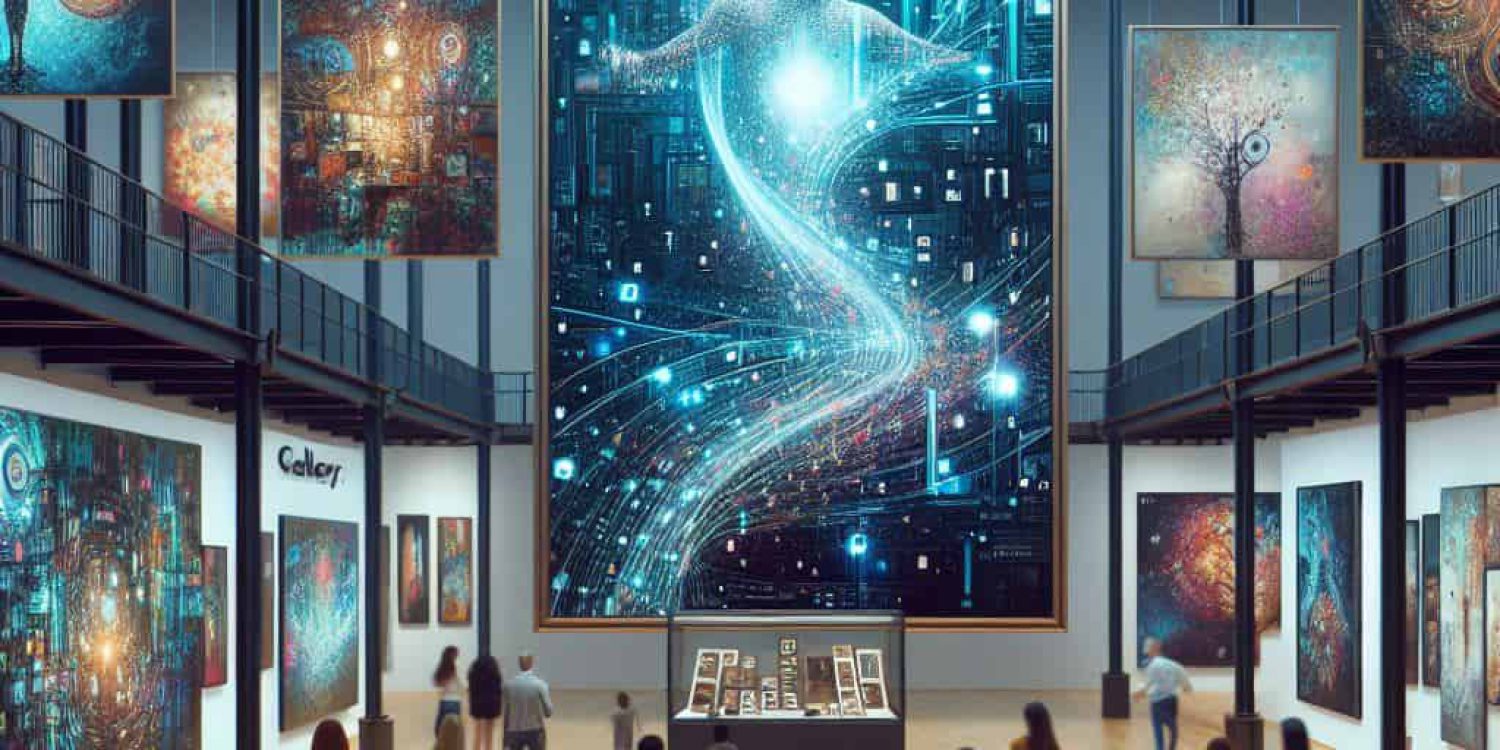




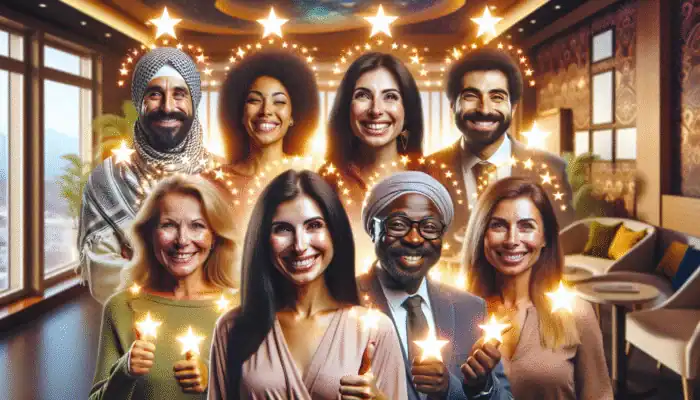
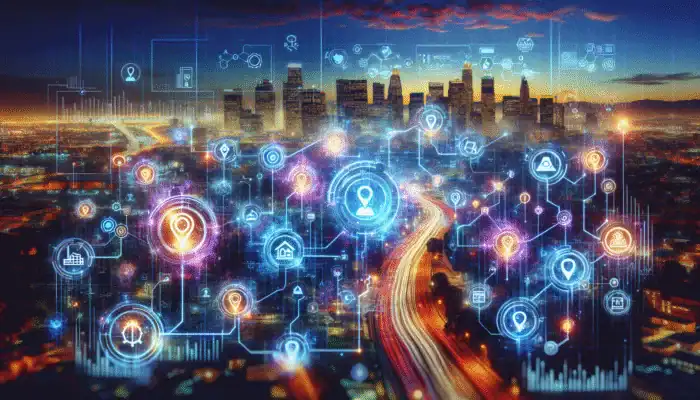
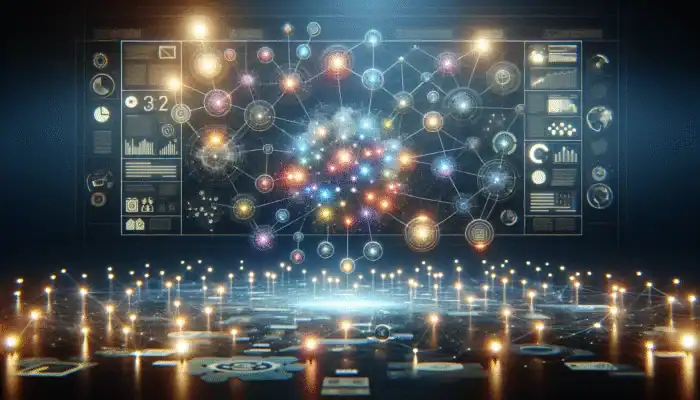
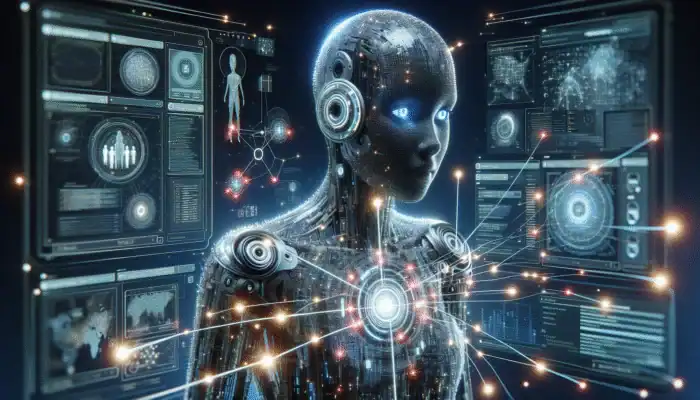
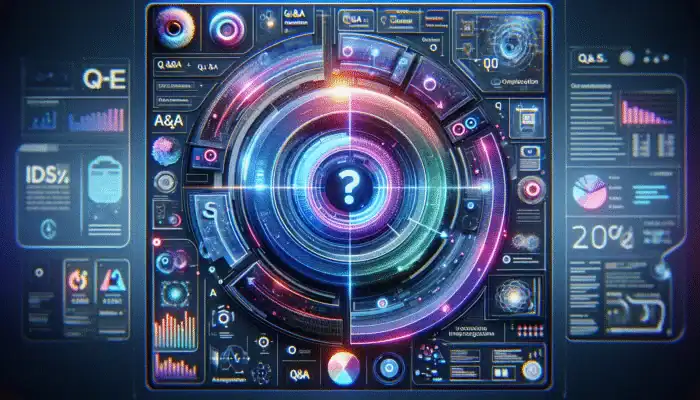
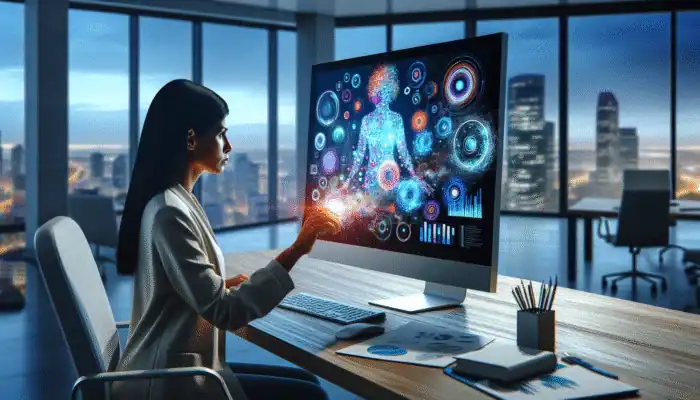
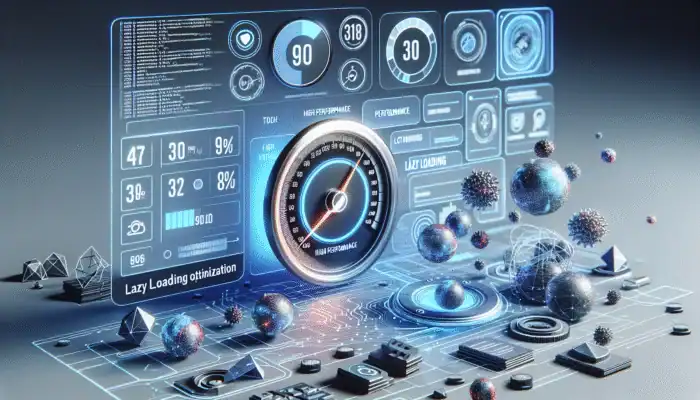
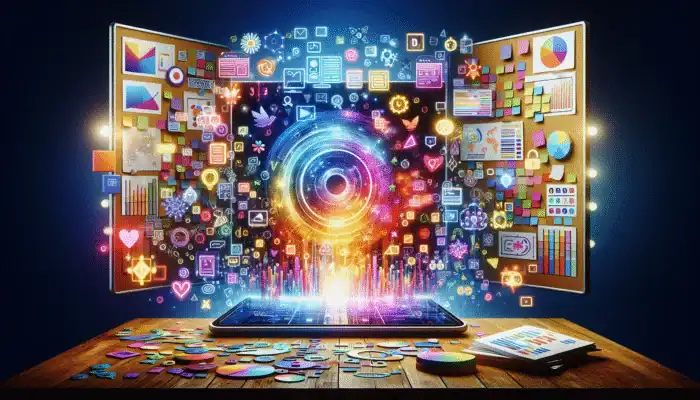
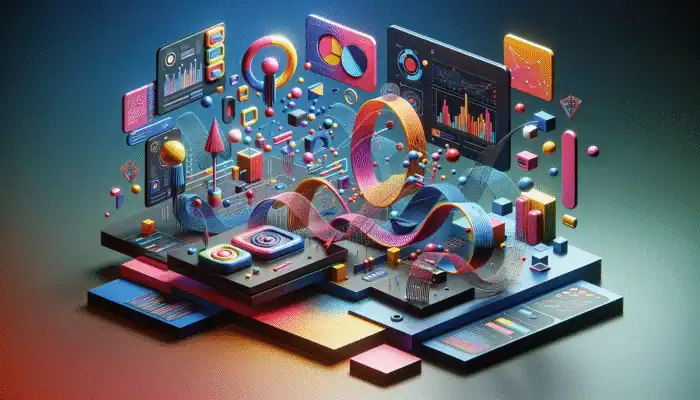
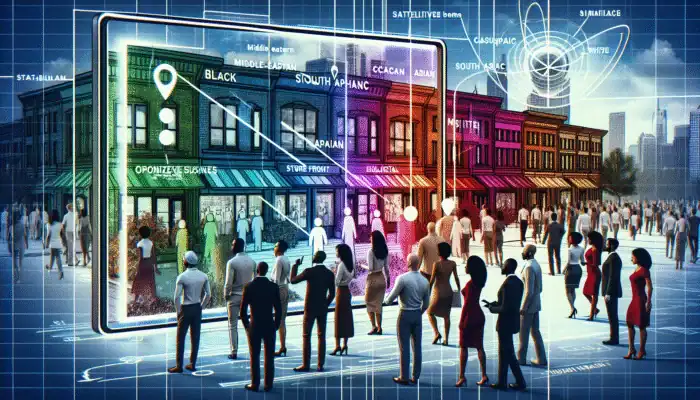
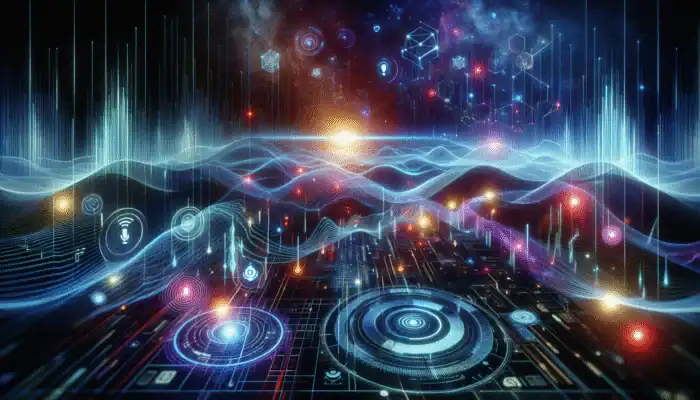
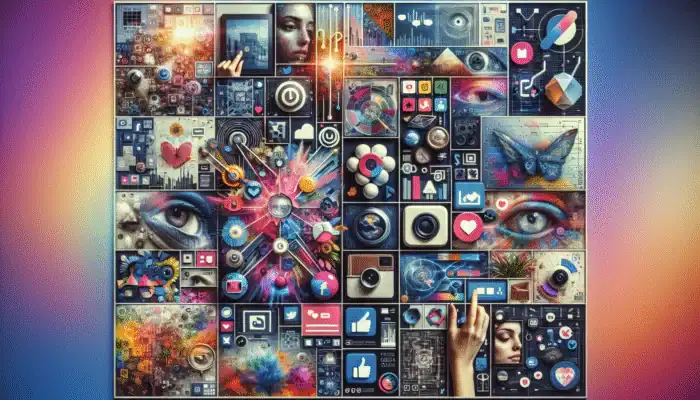

27 Comments
The exploration of generative AI in creative industries is incredibly fascinating and raises so many thought-provoking questions about the intersection of technology and human artistry. It’s remarkable how this technology not only extends the toolkit available to artists, musicians, and filmmakers but also challenges our traditional notions of creativity itself.
The exploration of generative AI within creative sectors indeed opens a fascinating dialogue about the intersection of technology and artistry. I find it particularly intriguing how this technology not only provides new tools but also challenges our traditional notions of authorship and creativity. For instance, when an algorithm generates a piece of music or visual art, who holds the creative rights? Is it the artist who programmed the machine, the machine itself, or the collective inspiration drawn from existing works?
While generative AI does offer remarkable opportunities for innovation in creativity, it raises important questions about authorship and authenticity. For instance, if an algorithm generates a piece of music or art that resonates deeply with audiences, who truly owns that work? This blurring of lines may risk diminishing the personal touch that defines much of creative expression.
I completely agree with you on the intriguing nature of generative AI and its impact on creative industries. It’s interesting to think about how this technology can democratize creative expression. For instance, musicians can now explore new sounds or collaborate with algorithms to find inspiration they might not have accessed otherwise. I recently read about a project where artists used AI to analyze historical artworks to create entirely new pieces, which really blurs the line between originality and inspiration.
The points you’ve raised about generative AI in the creative industries touch on a compelling paradox. While it’s clear that AI can expand what artists and creators can do, one can’t help but wonder if this expansion dilutes the essence of creativity itself. The toolkit metaphor is apt; it suggests that technology acts as an enabler. But when does the tool become more than just a means to an end, and start to overshadow the human touch that gives art its meaning?
Absolutely! If you’re intrigued by these evolving dynamics, I invite you to explore more about how generative AI is transforming creative landscapes in our latest article.
https://ezi.gold/trustindex
This exploration of generative AI in the creative sectors is truly fascinating! I’ve been particularly struck by how these advancements not only facilitate creativity but also democratize it. For instance, budding artists who may not have access to formal education or resources can now harness AI tools to experiment and refine their artistic vision. It’s exciting to think about the diverse voices and styles that might emerge as a result.
You’ve touched on some really compelling points about generative AI in the creative world. It’s a complex issue that brings to the forefront many questions we’ve taken for granted in the realms of art and creativity. When an algorithm composes music or creates a visual piece, it feels like we’re not just looking at a new tool but also penetrating deeper into what we define as creative expression.
“These thought-provoking questions are at the heart of our latest exploration into generative AI and its impact on creativity. Join us in this conversation to discover more!”
https://ezi.gold/consult
You’ve really captured the essence of this ongoing dialogue about creativity and AI. It’s fascinating to think about how the emergence of generative tools is reshaping not just the act of creation, but also our understanding of what it means to be “creative.” The lines between human and machine creativity are becoming increasingly blurred, which raises intriguing questions about authorship and originality.
You raise some crucial points about the intersection of generative AI and creative expression. It’s fascinating to think about how these algorithms not only serve as tools but also challenge and expand our understanding of what it means to create. The line between artist and audience seems to blur more each day as we explore this technology.
The exploration of generative AI’s impact on the creative sectors raises fascinating questions about the evolving relationship between technology and artistry. As you mentioned, the integration of algorithms and machine intelligence allows artists and musicians to push the boundaries of their creative expressions. This technological advancement not only serves as a new tool but also as a collaborator in the creative process.
It’s fascinating to see how generative AI is reshaping the creative landscape. The way artists are experimenting with algorithms to create unique visual art is opening up a dialogue about what art can be in the digital age. I recently stumbled upon an exhibit showcasing AI-generated artwork, and it was intriguing to see viewers debating the emotional depth and intention behind pieces created by algorithms.
You bring up such an interesting point about the democratization of creativity through generative AI. It’s really inspiring to see how these tools break down barriers that have traditionally kept so many people from exploring their artistic inclinations. Not everyone has the advantage of formal training or access to expensive materials, so the idea that AI can level the playing field feels like a welcome shift.
You’ve highlighted a crucial aspect of generative AI’s role in the creative sectors: its potential to democratize art and creativity. The fact that aspiring artists can engage with tools that were once reserved for those with formal training or extensive resources is a game changer. This shift allows people from all backgrounds to experiment, create, and share their unique perspectives.
I’m glad you found the exploration engaging! If you’re interested in diving deeper into the potential of AI for artists, check out this insightful resource that showcases how these tools are empowering creativity across diverse communities.
https://ezi.gold/krystal
You’ve touched on something really important about the changing landscape of creativity. The way generative AI opens up new avenues for people with varying levels of experience is fascinating. It’s not just about making things easier; it’s also about breaking down barriers and allowing different voices to emerge in the art world.
Thank you for your thoughtful comment! If you’re eager to explore more about how AI is transforming creativity for artists of all backgrounds, I highly recommend checking out this fascinating resource. It offers great insights into the empowering potential of these tools: [https://ezi.gold/krystal](https://ezi.gold/krystal).
https://ezi.gold/trustindex
It’s fascinating to see how generative AI is reshaping the landscape of creativity, particularly in fields like visual art and music. The ability for artists to leverage algorithms to explore new styles and techniques resonates deeply with my own experiences. I often find that technology can serve as a bridge to creativity, offering unexpected avenues for inspiration.
It’s interesting that you mention how technology acts as a bridge to creativity. That resonates with a lot of artists, doesn’t it? Generative AI isn’t just about producing something new but also about the conversations it sparks around what creativity means. When artists use algorithms, they aren’t just relying on tech; they’re often engaging in a dialogue with it, pushing their own limits and even questioning their process.
“I’m glad to hear that you find technology a bridge to creativity! If you’re interested in exploring how generative AI can enhance artistic expression, check out this resource that dives deeper into the topic.”
https://ezi.gold/krystal
I really appreciate you sharing those thoughts. The way you highlighted how generative AI can shift the creative landscape is compelling. It’s fascinating to see artists and musicians diving into this technology and reimagining what creativity can look like. That project you mentioned about analyzing historical artworks is a great example of how AI can serve as both a collaborator and a catalyst for inspiration.
You’ve touched on something really important about the democratization of creativity through generative AI. It’s fascinating to see tools that once required extensive knowledge or financial investment become accessible to a wider audience. However, while this opens up new avenues for self-expression, it also raises some critical questions worth considering.
Absolutely, the empowerment that AI brings to artists is truly inspiring! If you’re curious to see more examples of how these tools are transforming creative expression, I highly recommend checking out this captivating resource: [insert link]. You’ll find some amazing stories that highlight the diverse impact of AI on the art community!
https://ezi.gold/emailoctopus
You’ve touched on something really profound—the way generative AI reshapes not just the tools we use but the very essence of creativity itself. It’s true; these algorithms do more than assist artists—they push us to rethink the boundaries. When we consider AI as a partner in the creative process, we start to see a different kind of dialogue emerge. Artist and audience merging into a shared experience adds layers to how we perceive not just art, but the act of creation itself.
“I’m glad you found the points resonant! If you’re interested in diving deeper into this evolving conversation around AI and creativity, check out this resource that explores these themes further.”
https://ezi.gold/trustindex
You’ve touched on such a pivotal aspect of the conversation surrounding generative AI in creative fields. The question of authorship is particularly complex, isn’t it? When we look at how AI systems generate music or visual art, it does raise a lot of philosophical and practical questions. It’s hard to pin down exactly where creativity begins and ends in this new landscape.
“To delve deeper into these thought-provoking questions and explore the evolving landscape of creativity in the age of AI, check out our latest insights here!”
https://ezi.gold/krystal
You’ve raised a compelling point about the intersection of technology and artistry, and it’s a topic that demands more dialogue. The complexities surrounding authorship and creativity in the age of generative AI are undoubtedly challenging our long-held beliefs about what it means to be an artist. It’s almost like we’re standing at the edge of a fascinating new landscape, where the rules of the game are still being written.
“I’m glad you brought this up! If you’re interested in delving deeper into these thought-provoking questions about generative AI and creativity, check out this insightful resource.”
https://ezi.gold/trustindex
You’ve hit on something essential with the way generative AI is reshaping creativity. It’s like having a new collaborator who can play off our ideas in unexpected ways. I often think about how this technology can help artists push boundaries rather than replace the human touch. For instance, musicians can experiment with new sounds and compositions they might not have considered on their own.
You’re touching on something really fascinating there. Generative AI doesn’t just hand us finished products; it’s more like tossing ideas back and forth in a jam session. Musicians and artists can explore avenues they might not have otherwise ventured into—like a creative safety net that encourages risk-taking.
You bring up a really interesting point about how generative AI can open doors for aspiring artists. The idea that someone without formal training can create something meaningful is quite liberating. It reminds me of how technology has disrupted various industries, leveling the playing field in many ways. It’s fascinating to see how tools that were once seen as exclusive can now foster dialogue and creativity among diverse groups.
It’s fascinating to see how the shifts in marketing for 2024 mirror the democratizing effects of AI in creativity, enabling everyone to take part in shaping the narrative.
‘The Top Marketing Initiatives And Trends Of 2024’
https://ezi.gold/the-top-marketing-initiatives-and-trends-of-2024/.
You’re spot on about that blurred line between artist and audience. It’s interesting to consider how generative AI really shifts our definitions and expectations of creativity. When anyone can produce something that surprisingly resonates, it raises questions about originality and authorship.
You raise some great points about how generative AI is reshaping the landscape of creativity. The idea of musicians tapping into algorithms for new sounds is fascinating. It’s like having a creative partner that can push boundaries and suggest directions that might not have been considered before.
You’ve captured the essence of the current moment so well. The evolution of technology in the arts is indeed a game-changer, and it’s fascinating to think about how it’s reshaping our understanding of authenticity and creativity. Many artists and creators are grappling with questions of ownership and the role of individual expression when machines can generate impactful works.
This discussion on technology and artistry reminded me of some emerging trends in marketing that are reshaping how we think about creativity and engagement in 2024.
‘The Top Marketing Initiatives And Trends Of 2024’
https://ezi.gold/the-top-marketing-initiatives-and-trends-of-2024/.